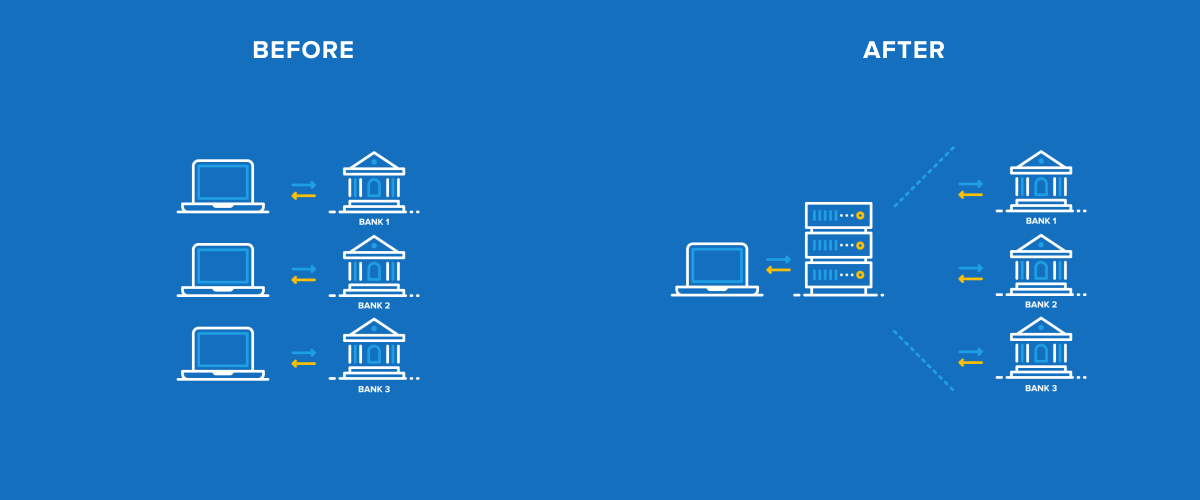PSD2 is the second Payment Service Directive, designed and used by countries of the European Union to regulate their electronic payment services and payment service providers. PTS2 replaced the first Payment Services Directive in 2015 with the principal goals to improve consumer protection, reinforce security in the payments market, boost competition and facilitate innovation in the sector. Overall, updated PSD2 aims to further modernize and integrate payment services throughout the European Union and the European Economic Area.
What are the main changes?
Firstly, PSD2 still regulates two types of services that already existed when the first PSD showed up in 2007, but which is slightly updated: the Payment Initiation Services, or PIS, and Account Information Services, or AIS. Account Information Services provides the storage of information from user’s different bank accounts in a single place. It allows customers to have an overview of their financial situation and comfortably analyze their spendings and financial needs. The second PSD also regulates that banks permit customers to decide which providers they want to choose for their account data management. Concurrently, the Payment Initiation Services instigate payments or transfers on the customer’s behalf to their online banking account. These services initiate a payment by filling in the information needed for the bank transfer (account number, amount of the transaction, message) and informing the consumer and merchant of the transaction. The new development in PSD2 allows consumers to make payments to a third party from a bank’s mobile app using any of the user’s accounts. Secondly, due to PSD2, banks had to update the authentication elements they provide their customers. Finally, the crucial development in PSD2 is the introduction of new security requirements that demand more secure identity checks when paying online.
What are the advantages of PSD2?
PSD2, as legislation emphasizing security, innovation, and market competition, brings several significant benefits for consumers. As mentioned above, PSD2 introduces strong security requirements for electronic payments and consumers’ financial data, which helps prevent fraud in online payments. Also, PSD2 ensures consumers with more control over their finances. For instance, due to PSD2, customers’ account data can only be accessible to third parties with users’ explicit consent. Besides, PSD2 increases the number of providers and services, which customers can select from, and, in turn, find services that best suit their needs. Finally, PSD2 forbids additional charges for payments with consumer credit or debit cards, both online or in shops, and facilitates complaints procedure by establishing consumers’ rights.
Article prepared by Nordigen.com
The post PSD2 for dummies appeared first on .



